Disclosure: This article contains affiliate links. We may earn a commission from purchases at no extra cost to you, which helps our travel content.
Standing before the Great Mosque of Djenné, I was struck by a profound realization: some of humanity's most enduring architectural achievements aren't built from steel and glass, but from the earth itself. This UNESCO World Heritage site in Mali represents the pinnacle of Sudano-Sahelian architecture—a massive structure crafted entirely from sun-baked mud bricks and rendered in adobe. As a lifelong student of geological wonders and cultural innovation, this 1-week winter journey to Djenné felt like the convergence of my professional risk management mindset and my soul's need to understand how ancient ingenuity continues to shape modern communities.
The Living Monument: Understanding Djenné's Great Mosque
Unlike the static monuments we're accustomed to in Western architecture, Djenné's Great Mosque is quite literally a living structure. Built in 1907 on the site of earlier mosques dating back to the 13th century, this adobe masterpiece requires annual maintenance—a community-wide effort known as the crépissage that transforms basic preservation into a sacred festival.
What fascinates me most as someone who analyzes risk for a living is how this architectural approach embodies resilience through flexibility. The mud-brick construction breathes with the climate, keeping interiors cool during Mali's punishing heat while the regular maintenance cycle ensures structural integrity despite environmental challenges.
As I circled the mosque before dawn one morning, my headlamp illuminating the intricate facade patterns, I couldn't help but draw parallels to how we approach corporate risk management—the strongest systems aren't rigid but adaptive, requiring regular attention and community buy-in to remain effective.

💡 Pro Tips
- Visit during Monday market day when the town is bustling with activity and vendors from surrounding villages
- Hire a local guide through your accommodation for deeper cultural insights and mosque access
- Respect the religious significance by dressing modestly with shoulders and knees covered
The Annual Crépissage: Community Preservation as Ritual
Timing my visit to coincide with Djenné's annual crépissage festival was intentional—and absolutely worth the careful planning. This centuries-old tradition brings the entire community together to re-plaster the mosque with fresh mud mixed with rice husks and shea butter, protecting it from the rainy season ahead.
I've witnessed community events across five continents, but few match the energy and purpose of this celebration. Men climb bamboo scaffolding to apply fresh mud while women carry water and children participate in age-appropriate tasks. Musicians provide rhythmic accompaniment as the work progresses, transforming what could be arduous labor into a joyful expression of cultural continuity.
To properly document this once-in-a-lifetime experience, I relied on my waterproof notebook for detailed observations and a compact audio recorder to capture the festival's distinctive sounds and interviews with local participants (with permission, of course).

💡 Pro Tips
- Check exact dates of the crépissage festival before planning your trip as it follows seasonal patterns
- Position yourself on the main square's western side for the best photography angles
- Bring small denomination CFA francs for market purchases and contributions to the mosque
Navigating Djenné's Ancient Market Town
While the mosque dominates Djenné's skyline and cultural identity, the surrounding medieval town offers equally valuable insights into West African heritage. Founded between the 11th and 13th centuries, Djenné's maze-like streets reveal adobe architecture that extends the mosque's aesthetic into everyday living spaces.
The Monday market transforms the mosque plaza into a vibrant commercial hub where traders from across the region converge. This is where my analytical side finds endless fascination—observing how ancient trade patterns still influence modern commerce, with goods flowing along routes established centuries ago.
Navigating the market requires both preparation and flexibility. I found my anti-theft crossbody bag essential for carrying essentials while keeping hands free for photography and note-taking. For staying hydrated in Mali's intense heat, my insulated water bottle proved invaluable, especially with its UV-C LED purification technology that gave me peace of mind about water quality.
Don't miss the opportunity to commission a small piece from local artisans—the distinctive bogolan (mud cloth) textiles make meaningful souvenirs while supporting traditional craftsmanship.
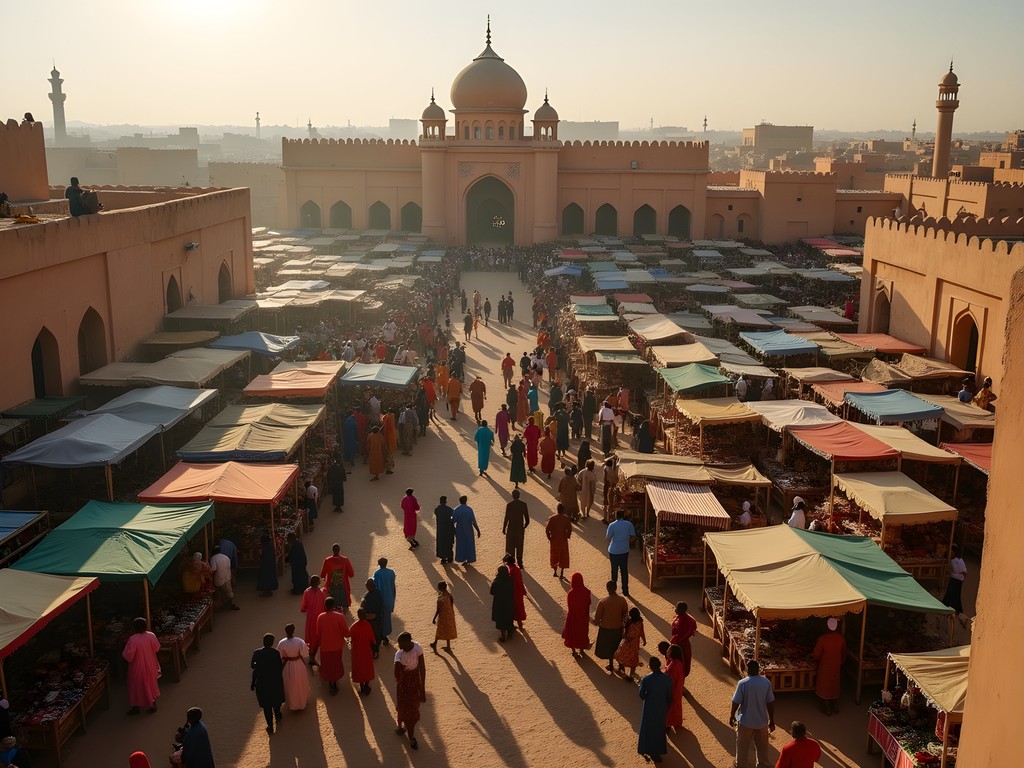
💡 Pro Tips
- Learn basic Bambara greetings to connect with local vendors
- Photograph the market sensitively, always asking permission first
- Visit early in the morning when temperatures are cooler and light is best for photography
Cultural Immersion: Connecting with Djenné's Communities
The most meaningful insights from my week in Djenné came through intentional cultural exchanges with local residents. Staying at a family-run guesthouse rather than the limited commercial hotels provided authentic connections impossible to forge otherwise.
Through my guesthouse host Ibrahim, I arranged visits with local artisans including a master mason who explained the specialized knowledge required for adobe construction—techniques passed through generations that balance structural integrity with aesthetic beauty. These conversations revealed how traditional knowledge systems contain sophisticated engineering principles that Western education often overlooks.
Preparing for these interactions meant respecting cultural norms. My lightweight travel scarf served multiple purposes—modest covering when appropriate, sun protection, and discrete storage for small valuables. For evening gatherings where small gifts were appropriate, I brought solar-powered lanterns which were well-received in a region where electricity access remains inconsistent.
The Djenné Manuscript Library houses thousands of ancient Arabic texts covering subjects from astronomy to poetry—a testament to Mali's historical role as a center of Islamic scholarship. Arranging a visit requires advance permission but offers unparalleled insights into West Africa's intellectual heritage.
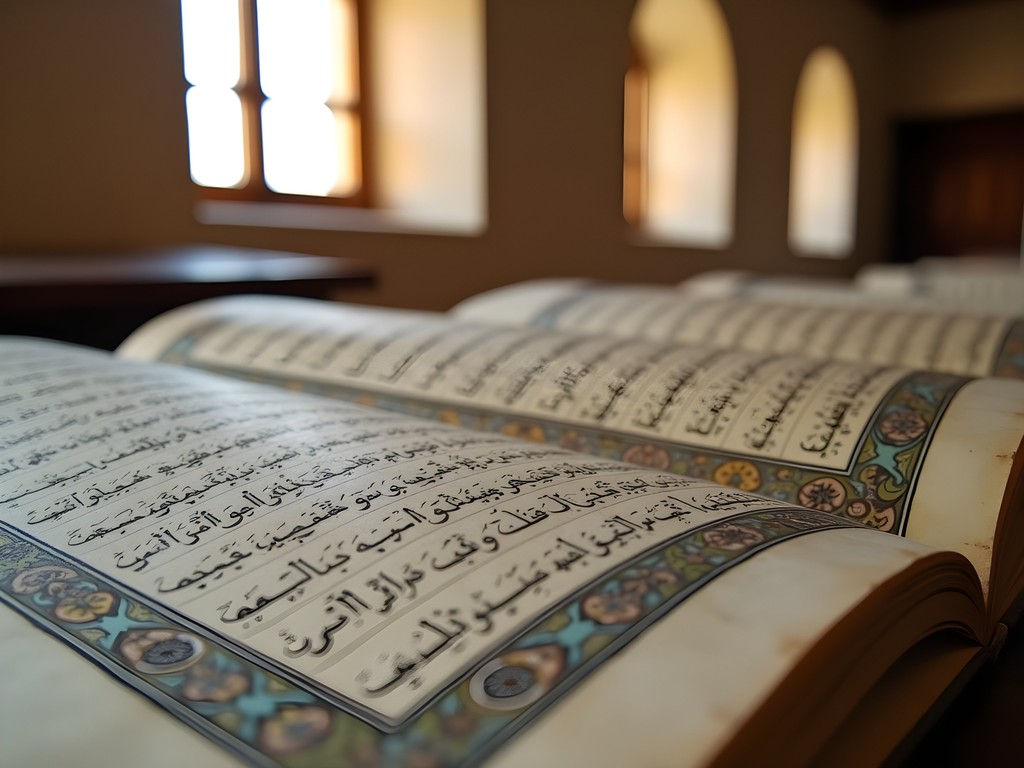
💡 Pro Tips
- Learn about appropriate gift-giving customs before visiting local homes
- Respect photography restrictions inside the mosque and when photographing people
- Consider supporting local manuscript preservation efforts through authorized donations
Practical Considerations for the Mindful Traveler
Visiting Djenné requires thoughtful preparation, particularly for travelers accustomed to more developed tourism infrastructure. Mali's ongoing security concerns mean staying informed through your country's travel advisories and working with reputable local guides is essential.
Reaching Djenné typically involves flying into Bamako, then arranging private transportation for the approximately 570 km journey—a significant undertaking on variable-quality roads. I arranged my entire in-country logistics through a specialized West Africa tour operator recommended by colleagues who'd previously visited the region.
Accommodations in Djenné are modest by international standards but offer authentic experiences. I stayed at Maison du Fleuve, a family-run guesthouse with simple but comfortable rooms and home-cooked Malian cuisine. What these accommodations lack in luxury they more than compensate for in cultural immersion.
Health preparations should include standard vaccinations plus yellow fever (required for entry), antimalarial medication, and a comprehensive travel first aid kit with rehydration salts. My portable water filter provided additional peace of mind when bottled water wasn't available.
Finally, approach this journey with patience and flexibility. The rewards of experiencing one of humanity's architectural and cultural treasures far outweigh the logistical challenges.

💡 Pro Tips
- Register with your country's embassy in Mali before traveling
- Arrange transportation and accommodations well in advance through reputable operators
- Bring sufficient cash as ATMs are non-existent in Djenné
Final Thoughts
As my week in Djenné concluded, I found myself standing once more before the Great Mosque, this time in the golden light of sunset. The structure seemed to glow from within—a living monument to human ingenuity and cultural continuity. What struck me most wasn't just the architectural achievement, but how this place embodies resilience through adaptation rather than permanence through rigidity.
In my risk management career, I often analyze how systems respond to challenges over time. Djenné's approach—community maintenance, traditional knowledge transmission, and materials that work with rather than against the environment—offers profound lessons for our modern world obsessed with technological solutions.
This journey required more preparation than many destinations, but its rewards transcend typical tourism. In witnessing the crépissage festival and connecting with Djenné's communities, I gained insights impossible to glean from books or documentaries. If you're drawn to places where ancient wisdom meets living tradition, where architecture serves both practical and spiritual purposes, Mali's mud mosque masterpiece deserves a place on your travel horizon—approached with respect, preparation, and an open heart.
✨ Key Takeaways
- Djenné's Great Mosque represents sustainable architecture through its annual community-based maintenance tradition
- Visiting during the crépissage festival provides unique insights into cultural continuity and community cohesion
- Thoughtful preparation regarding security, health, and cultural sensitivity is essential for a meaningful Mali experience
- The manuscript libraries reveal Mali's sophisticated intellectual history often overlooked in Western education
- Traditional knowledge systems contain sophisticated engineering and sustainability principles relevant to contemporary challenges
📋 Practical Information
Best Time to Visit
November to February (dry season)
Budget Estimate
$2,000-3,000 for one week including guided experiences (excluding international flights)
Recommended Duration
5-7 days
Difficulty Level
Challenging
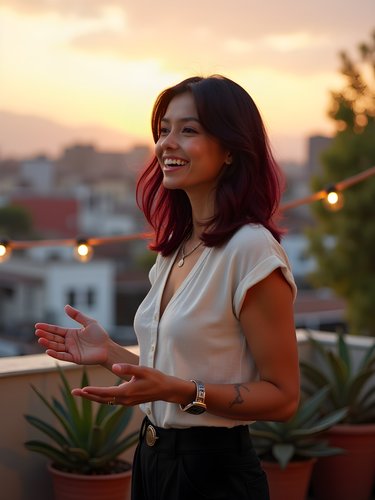
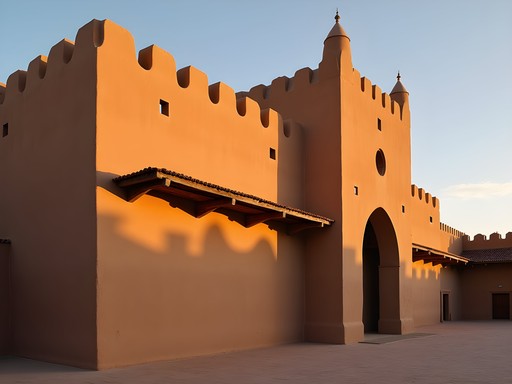
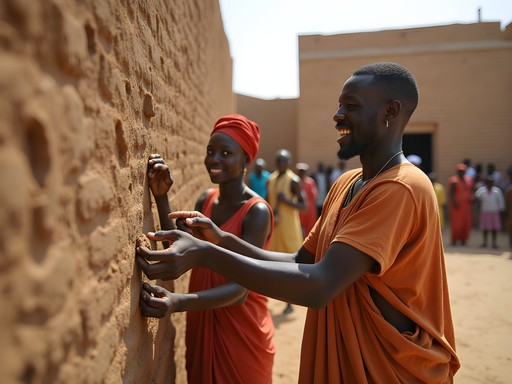


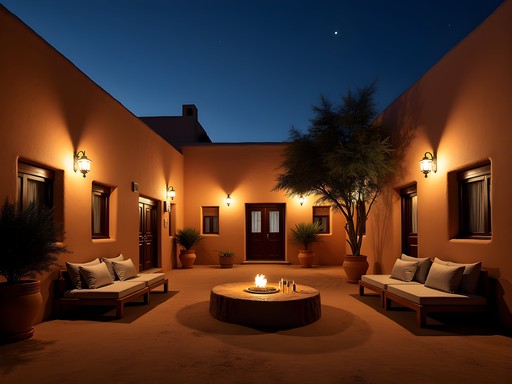









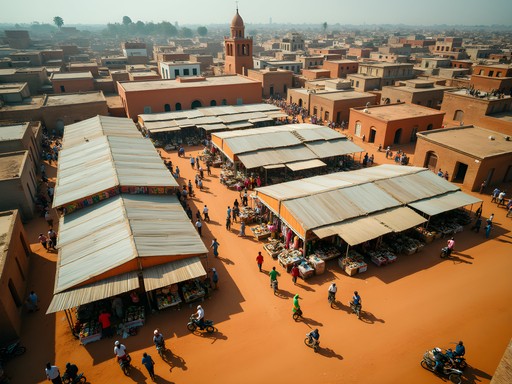
Comments
Sophia Gomez
What a beautiful piece on Djenné! I was there last year for a documentary project, and the experience still resonates with me. The way you captured the relationship between architecture and community is spot-on. One thing that struck me was how the mud mosque isn't just a tourist attraction but a living, breathing part of daily life there. I spent an afternoon with a local craftsman who showed me how they prepare the mud mixture - it's truly a science passed down through generations! For anyone planning to photograph there, early morning light creates the most magical shadows on the mosque's unique texture. I found my travel journal was essential for documenting all the architectural details and stories from locals.
sunsetnomad
Did you feel safe traveling solo there? Any tips?
redperson
I visited Djenné three years ago and it was one of the most memorable experiences of my life! The Crépissage festival is absolutely mind-blowing - the entire community coming together to maintain their heritage. If anyone's planning to go, try to time your visit with this event (usually happens in April after the rainy season). Also, the Monday market is incredible - textiles, spices, pottery - everything! The sounds and smells are just as striking as the visual experience. Sakura, did you try any specific local dishes while there?
Sakura Rodriguez
Yes! I tried tigadèguèna (peanut butter stew) and was absolutely blown away. Also had some amazing rice dishes with local fish from the Bani River. The food scene was unexpected but delightful!
bluegal
This looks amazing but I'm curious about safety in Mali right now? How did you navigate that aspect of the trip? And is it respectful for non-Muslims to visit the mosque?
Sakura Rodriguez
Great questions! Safety is always my priority. I worked with a local guide who was invaluable. The situation varies by region, so I'd recommend checking recent advisories and connecting with tour operators who specialize in the area. As for the mosque, non-Muslims can't enter inside, but viewing and photographing from the outside is welcomed with respect. The locals were incredibly friendly about explaining traditions!
bluegal
Thanks so much for the info! That's really helpful to know.
sunnypro
Wow, those mud architecture photos are incredible! I've never seen anything like that mosque before. Definitely adding this to my bucket list!
vacationchamp
That sunset shot of the mosque is absolutely stunning! What camera setup did you use?
Sakura Rodriguez
Thanks! Just my trusty Sony A7III with a 24-70mm lens. The golden hour light did all the work for me!
Megan Martin
This article perfectly captures the profound cultural significance of Djenné's architectural heritage. During my visit last year while researching sustainable tourism initiatives in Mali, I was struck by how the mosque represents not just religious devotion but a communal commitment to preservation. The economic impact of tourism here is substantial - many local families depend on visitor income, yet there's a delicate balance between accessibility and preservation. Sakura, I appreciate how you highlighted the community aspects rather than just the visual spectacle. For those planning business travel to Mali, Djenné makes an excellent cultural extension - just be prepared for basic accommodations and plan at least one overnight to experience both the market and the mosque in different lighting conditions.
skystar
Sakura, your post brought back so many memories! I visited Djenné three years ago and was equally mesmerized by the mosque. One thing I'd add for anyone planning to visit - while non-Muslims can't enter the mosque itself, there are local guides who give excellent historical context from the outside. Our guide Amadou was incredibly knowledgeable about the architectural techniques and cultural significance. The market was another highlight - those indigo fabrics are stunning and make great souvenirs. The craftsmanship in everything from pottery to jewelry is incredible. Did you try any local Malian dishes while there? The fish with rice and peanut sauce was my favorite!
springninja
Those sunset photos of the mosque are absolutely stunning! The way the light hits those mud towers is magical. I've never considered Mali as a destination before but your post has me reconsidering!
coolrider
How difficult was it to get to Djenné? Planning a West Africa trip and curious about logistics.
Frank Garcia
Not Sakura, but I did this route last year. You'll need to get to Mopti first, then it's about a 2.5 hour drive to Djenné. Most people hire a driver in Mopti or join a tour. The road conditions vary by season. I used my offline maps since cell service is spotty. Security situation changes frequently so check advisories before going.
Venture X
Premium card with 2X miles, $300 travel credit, Priority Pass